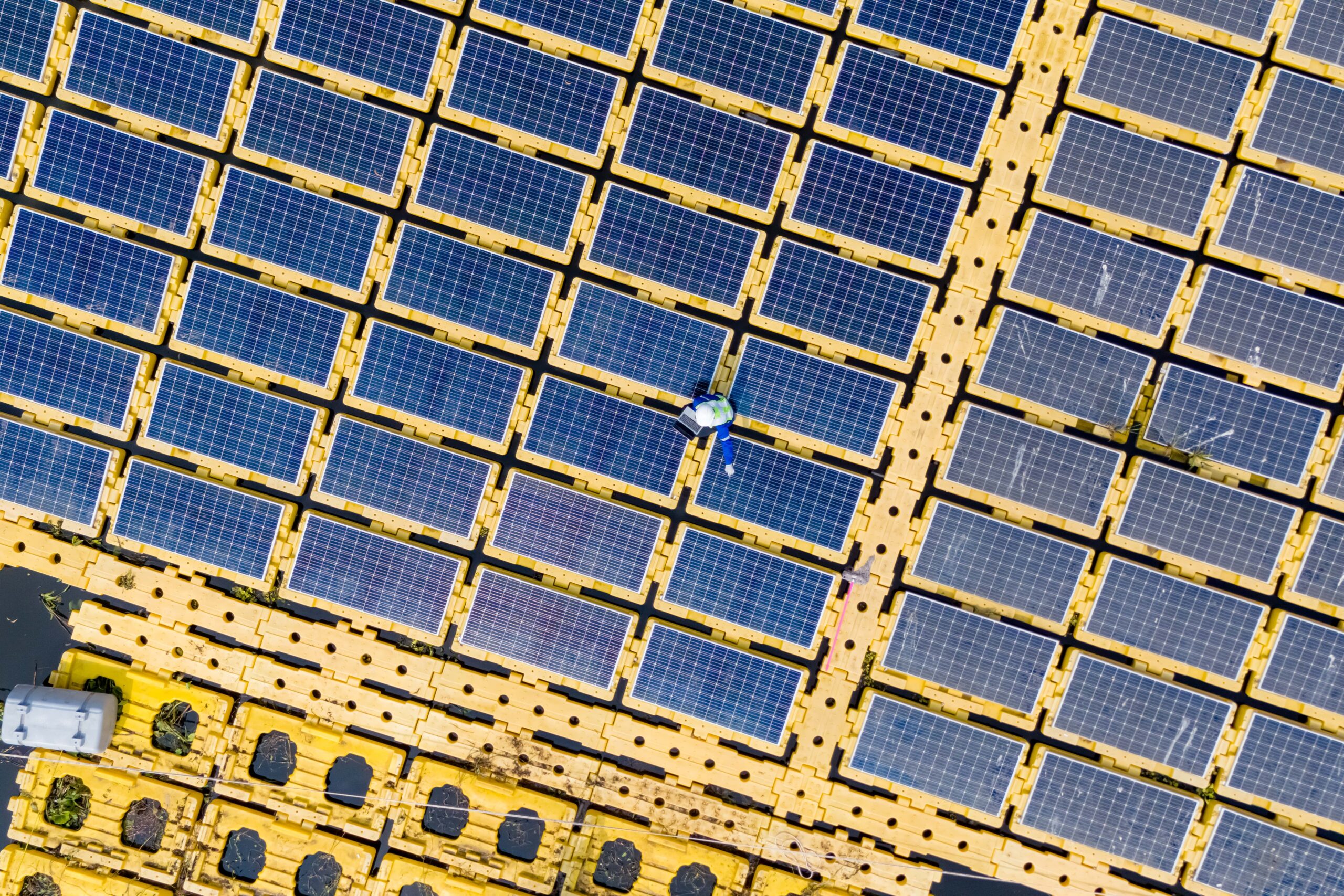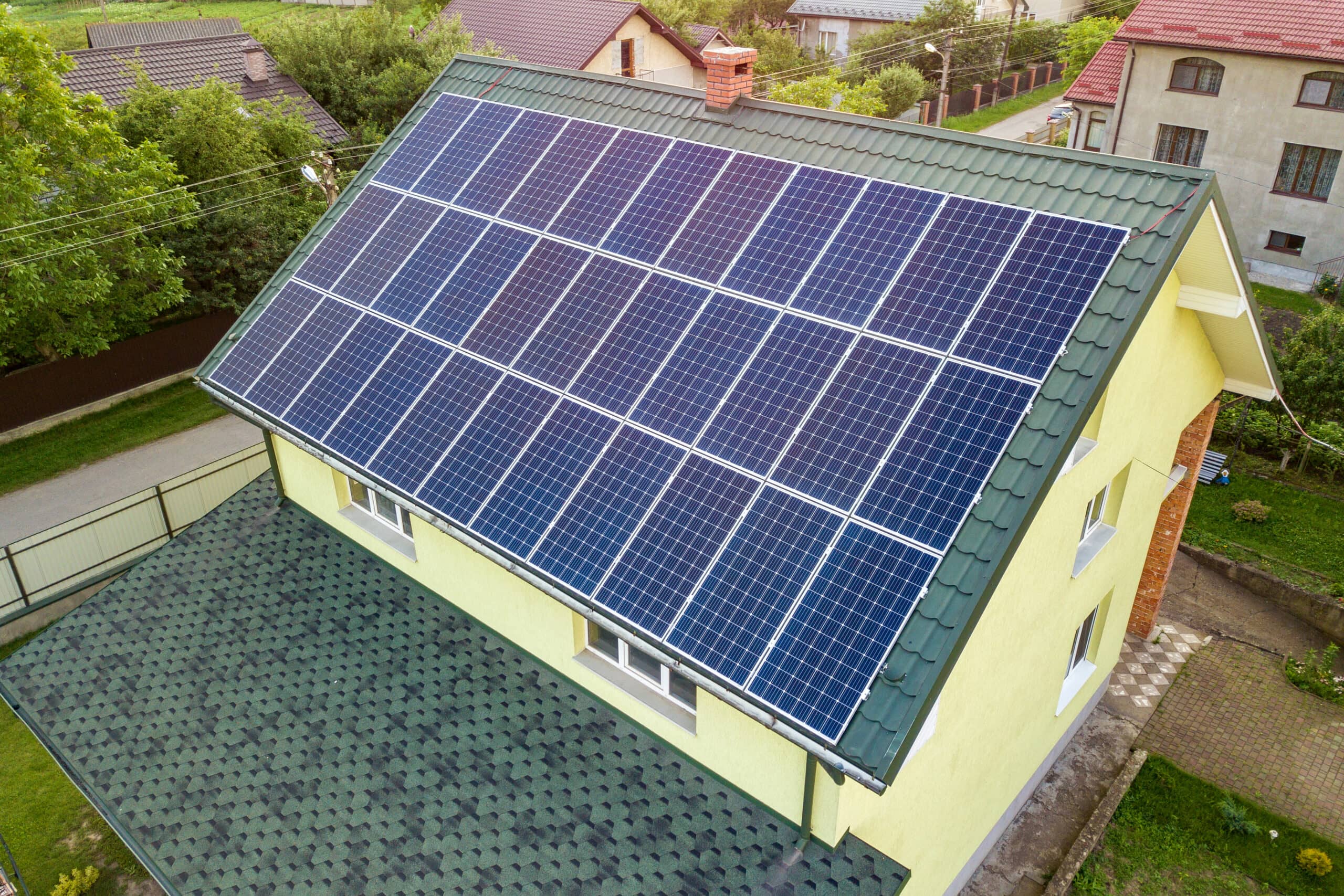Solar energy is gaining momentum as a sustainable power source in North America, with an increasing number of households turning to solar panels to meet their energy needs. In Canada, a country known for its vast landscapes and varying climates, the potential for solar energy is influenced by factors such as sunlight exposure and weather conditions. Understanding the specific requirements for powering a house with solar panels in Canada involves considering the average household electricity consumption, efficiency factors, and the overall solar potential of different regions across the country.
Average Household Energy Consumption
The typical energy consumption of an average Canadian household is around 11,000 kWh per year. This number can also vary regionally. For example, households in colder regions like the Northern territories might consume more energy due to heating needs compared to those in milder climates.
Solar Panel Efficiency and Sunlight Exposure
Solar panels available in the Canadian market have an average efficiency rating of 15% to 25%. The amount of sunlight or solar irradiance directly impacts solar panel output. In Canada, sunlight availability varies across regions due to latitude and weather patterns. Areas like British Columbia and Ontario receive more sunlight than Nunavut or Newfoundland.
Calculating the Number of Solar Panels Needed
Number of Panels = Total Energy Consumption (kWh/year) / (Panel Efficiency * Sunlight Exposure (kWh/m2/year)).
For example, for a household with 11,000 kWh/year consumption, 18% panel efficiency, and 1,400 kWh/m2/year sunlight exposure:
Number of Panels = 11,000 / (0.18 * 1,400) ≈ 43.65.
Regional Differences and Incentives
In Canada, regional differences in sunlight exposure play a crucial role. Provinces like Alberta, Saskatchewan, and Manitoba receive more sunlight compared to provinces in the northern regions like Yukon, Northwest Territories, and Nunavut, where sunlight exposure is lower. This variation in sunlight affects the efficiency of solar panels and influences the amount of energy they can produce.
Different provinces in Canada offer various incentives and policies to promote solar energy adoption. For instance, a family in Alberta installs 25 solar panels on their property. They benefit from provincial incentives such as a solar rebate program and a feed-in tariff. Despite the higher sunlight exposure in Alberta, the panels generate enough energy to cover 80% of their electricity needs, saving the family around $1,800 annually on their energy bills.
Comparative Examples
A family in Alberta installs 25 solar panels on their property. They benefit from provincial incentives such as a solar rebate program and a feed-in tariff. Despite the higher sunlight exposure in Alberta, the panels generate enough energy to cover 80% of their electricity needs, saving the family around $1,800 annually on their energy bills.
In contrast, a family in Yukon installs 35 solar panels on their rooftop due to lower sunlight exposure. They take advantage of provincial incentives like a solar tax credit and a net metering program. The panels generate sufficient energy to cover 70% of their electricity needs, saving $1,500 annually.
By taking advantage of available incentives, homeowners in Canada can make informed decisions to adopt solar energy and contribute to a more sustainable future.






